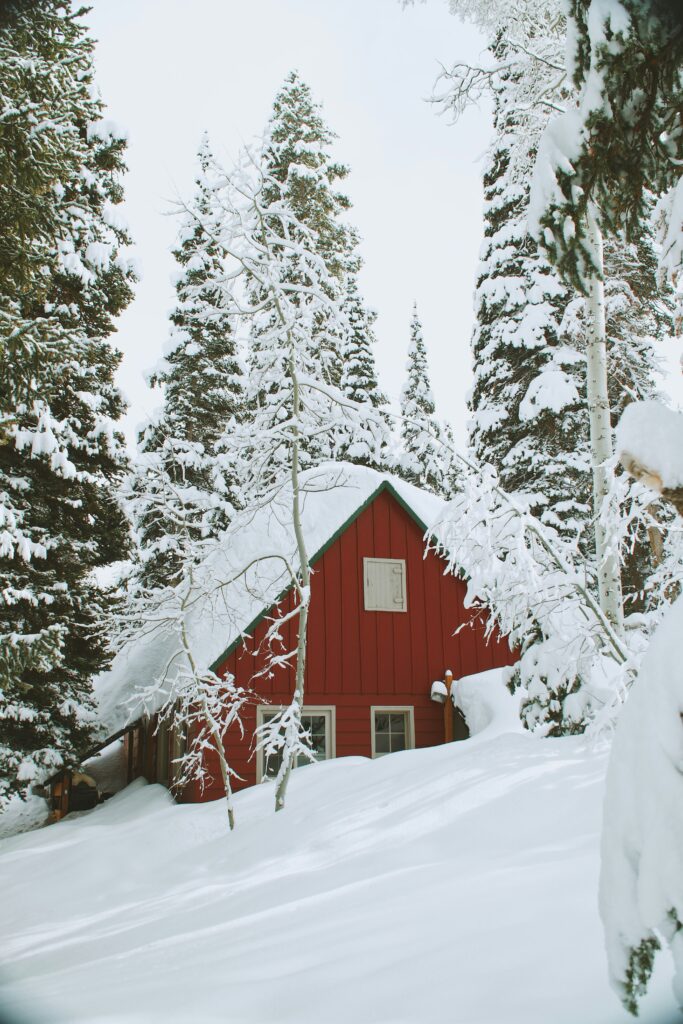
How to Prepare Your Property for Heavy Snow: Essential Steps to Stay Safe and Secure

Winter is a beautiful season, but heavy snow can also bring serious challenges. Whether you live in a region where snowstorms are common or you’re preparing for an unusually harsh winter, getting your property ready is key to avoiding damage and keeping your family safe. Here are some essential steps to prepare your property for heavy snow.
1. Inspect and Maintain Your Roof
Your roof is your first line of defense against snow accumulation. Before the snow hits:
- Check for leaks and cracks: A small leak can become a big problem with melting snow. Seal any cracks and make repairs now.
- Ensure proper insulation: Prevent ice dams, which occur when heat from your home melts snow on the roof, causing it to refreeze at the gutters. Good insulation keeps the roof cold and prevents this.
- Install snow guards: These help prevent large sheets of snow from sliding off and damaging anything below, like gutters or landscaping.
2. Clear Your Gutters
Blocked gutters can cause water buildup, leading to leaks and even structural damage once the snow melts. Take the time to:
- Remove debris: Clean out leaves, twigs, and dirt from your gutters to ensure proper water flow.
- Check downspouts: Make sure water can flow freely and that your downspouts direct water away from your foundation.
3. Trim Overhanging Trees
Heavy snow can break tree limbs, which can fall on your roof, power lines, or vehicles. To avoid this:
- Trim back any branches: Especially those that hang over your home or driveway. It’s better to remove them before snow weighs them down.
- Inspect for weak limbs: These are more likely to snap under the weight of snow and ice.
4. Stock Up on Essentials
Winter storms can lead to power outages, road closures, and being snowed in. Prepare by:
- Stockpiling non-perishable food: Keep enough food for several days, in case you can’t leave your home.
- Having a backup heat source: Consider a generator, or ensure you have plenty of fuel for wood-burning stoves or fireplaces.
- Gathering snow removal tools: Keep snow shovels, an ice scraper, and salt or sand for walkways on hand.
5. Prepare Outdoor Pipes
Frozen pipes can burst, causing significant water damage. To protect your plumbing:
- Insulate exposed pipes: Wrap pipes in unheated areas like garages, attics, and crawl spaces.
- Drain outdoor hoses and faucets: Shut off water to outside faucets and disconnect hoses to prevent freezing.
6. Reinforce Doors and Windows
Cold air and moisture can seep through cracks around doors and windows. Improve energy efficiency and keep your home warm by:
- Adding weather stripping or caulking: Seal any gaps or drafts around doors and windows.
- Installing storm windows: These provide an extra layer of protection and insulation.
7. Plan for Snow Removal
Heavy snow buildup can make walkways and driveways dangerous. Plan ahead by:
- Arranging for a snow removal service: If you don’t have the equipment, make sure you’ve scheduled a company in advance.
- Marking driveway edges: Snow can obscure the boundaries of your driveway, making it hard to clear without damaging landscaping or property. Use stakes to mark the edges.
- Clearing walkways and steps regularly: Shovel early and often to avoid ice buildup.
8. Inspect Your Chimney and Heating Systems
With heavy snow comes cold temperatures, so ensuring your heating systems are running smoothly is vital:
- Have your chimney cleaned: If you use a wood-burning stove or fireplace, a clean chimney reduces the risk of fire.
- Get your furnace serviced: Regular maintenance ensures it’s running efficiently and won’t break down when you need it most.
9. Protect Your Landscaping
Snow can damage shrubs, trees, and gardens. To keep them safe:
- Wrap sensitive plants: Use burlap or other protective covers to insulate delicate plants.
- Stake tall shrubs: Prevent them from bending or breaking under snow weight by staking them before winter sets in.
10. Check Insurance Coverage
Despite all precautions, sometimes winter weather causes unexpected damage. Make sure your homeowner’s insurance is up to date and covers:
- Roof and structural damage from snow and ice.
- Water damage from melting snow.
- Fallen trees and landscaping issues.
Final Thoughts
Preparing your property for heavy snow may seem like a daunting task, but by taking proactive steps, you can protect your home, minimize damage, and keep your family safe. Stay ahead of the storm, and you’ll be able to enjoy winter knowing your property is ready for whatever comes your way.





